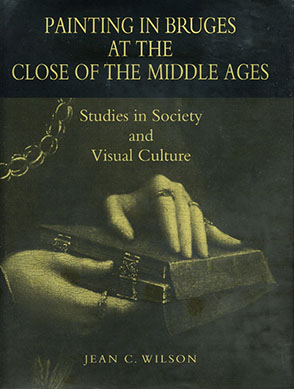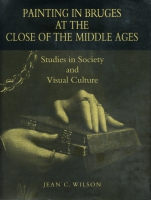
Painting in Bruges at the Close of the Middle Ages
Studies in Society and Visual Culture
Jean Wilson
Painting in Bruges at the Close of the Middle Ages
Studies in Society and Visual Culture
Jean Wilson
“There is nothing in any language that offers as useful a survey of the mechanics of the Bruges school of painting, which was long Northern Europe's most important. . . . This study is an extremely useful contribution to the field.”
- Description
- Reviews
- Bio
- Subjects
Specifically, Wilson argues that while the nobility were not particularly active as patrons of paintings, members of the urban patriciate who hoped to enter into the circle of the court were nevertheless influenced by the nobility's culture of display and found that paintings effectively served their needs for representations of their aspirations for social advancement. She further suggests that, in commissioning altarpieces for ecclesiastical interiors, patrons were also concerned to include their portraits and coats of arms in an effort to promote the status and prestige associated with their families. The demand for paintings was therefore to escalate throughout the fifteenth century, resulting in painters' increasing involvement in the reproduction of popular compositions and the eventual emergence of a mass market for their art.
“There is nothing in any language that offers as useful a survey of the mechanics of the Bruges school of painting, which was long Northern Europe's most important. . . . This study is an extremely useful contribution to the field.”
Jean C. Wilson is Associate Professor of Art History at the State University of New York at Binghamton.
Mailing List
Subscribe to our mailing list and be notified about new titles, journals and catalogs.



